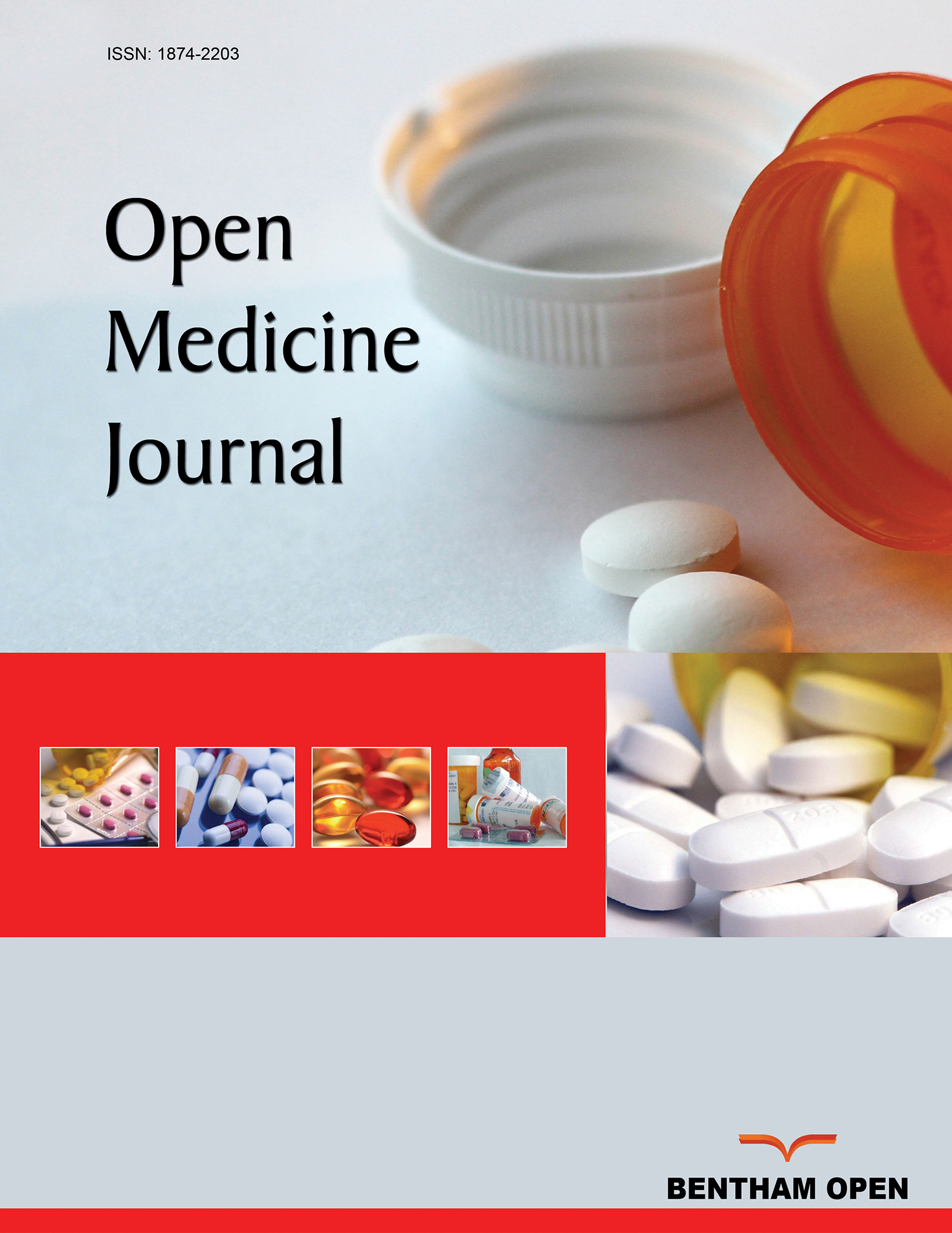All published articles of this journal are available on ScienceDirect.
Improving Emergency Department Care to Sexual Assault Survivors Using a Risk Stratification Tool
Abstract
Background:
Sexual assault survivors who present to emergency departments are not consistently offerered prophylaxis for HIV prevention because there are currently no national evidence-based practice protocols.
Purpose:
The project aim was to improve the provision rate of (N) PEP to SA survivors by providing a decision guideline risk stratification tool and appropriate training to forensic nurses who treated SA survivors who presented within 72-hours following an assault on how to use the risk assessment and stratification tool.
Methods:
A risk stratification tool provided HIV (N) PEP clinical decision guidelines and framework for use with adult survivors. Forensic and emergency department nurses (n=20 total) were given a pre-training knowledge assessment. Forensic nurses (n = 6) were given specific training in HIV risk stratification and use of the (N) PEP decision guideline tool. Knowledge scores were assessed immediately following training and three months after implementation of the risk stratification tool.
Results:
The average knowledge score of forensic and emergency department nurses increased following training, and remained higher after three months of implementation.
Conclusion:
The implementation of a locally-specific risk stratification decision guideline tool improved both provider knowledge and patient care as measured by an increase in appropriate (N) PEP treatment rates.
Recommendations:
Further research is needed to determine if risk stratification decision tools and standardized protocols improve provider knowledge across settings such as communities with different rates of SA, HIV prevalence, and socio-economic levels.


